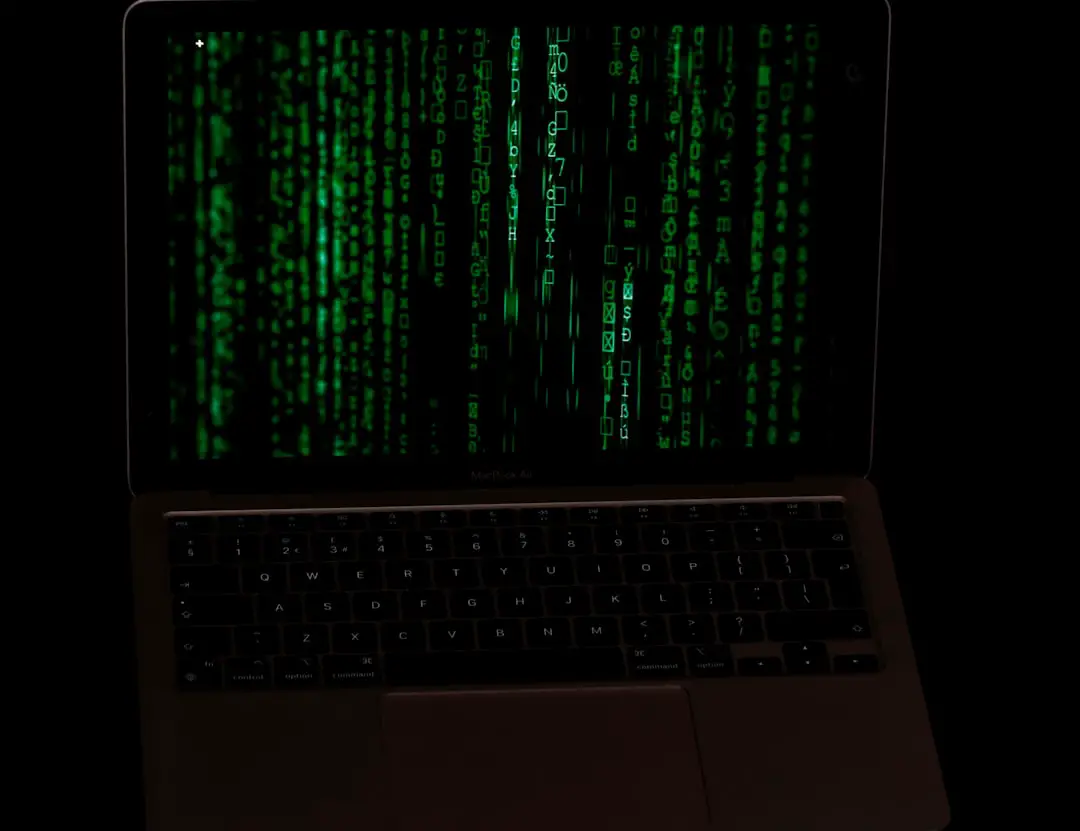Have you ever seen someone pretend to be a hacker? Maybe in a movie, on social media, or in real life? That’s what we call fake hacking. It might look cool or clever, but it’s not just silly — it can also be dangerous.
In this article, we’ll explore what fake hacking is, how to spot it, and why it’s something you should watch out for. Don’t worry — we’ll keep it simple and fun!
What Is Fake Hacking?
Fake hacking is when someone pretends to hack but isn’t really doing anything technical. They act like they are breaking into systems, stealing data, or crashing websites — but it’s all just a show.
Sometimes they use fake tools, like programs that just show green text scrolling on a black screen. Other times, they type really fast in code-looking windows to impress people.
Here’s the thing: real hacking is hard. It takes knowledge, skill, and often years of learning. Fake hackers just want attention or to trick people.
Why Do People Fake Hack?
There are a few reasons people pretend to hack.
- To scare others: They may try to look threatening or act like they can take control of your device.
- To impress: Some fake hackers want to look cool or smart in front of friends or strangers.
- To scam: This is the most serious reason. Some fake hackers try to get people to pay them money or share private information.
While it might seem funny at first, fake hacking can lead to real problems.
How to Spot a Fake Hacker
A real hacker is usually quiet and careful. A fake hacker is often loud and dramatic. Here are some common signs:
- Lots of green code: If someone has flashy screens with fast-scrolling code, it’s probably fake. Real hackers don’t use Hollywood-style effects.
- They claim big things: If someone says “I can hack anything in 5 minutes,” they’re almost always exaggerating.
- They ask for info or money: “I hacked your account, now send me money.” This is often a lie. Don’t fall for it!
- They use fake tools: There are prank apps that look like hacking tools but do nothing. Some fake hackers use these to fool people.

A Closer Look at Common Tricks
Fake hackers love to use certain fake tricks. Here are some examples:
- Fake command prompts: They open up the “command prompt” and type nonsense. It looks techy but does nothing.
- “IP grabbers” that don’t work: They say, “I got your IP, I’m inside your system now!” In most cases, that IP tells them almost nothing.
- Fake password guesses: They open a tool that “cracks” passwords in seconds… with no code. That’s not how real password finding works.
If it looks too simple to be real, it probably is.
Why Fake Hacking Is a Problem
Fake hacking can cause real trouble, even if it’s based on lies.
It Can Scare People
Someone might panic and believe they’ve been hacked. They might give up personal data or even pay ransom to the faker. That’s called social engineering — using tricks and fear to manipulate someone.
It Hurts Real Cybersecurity
When fake hackers fill the internet with noise and jokes, it makes it harder to spot real threats. People stop taking things seriously, even when they should.
It Wastes Time and Resources
Businesses and people may spend time investigating fake threats. That means they may miss real cyberattacks or spend money on nothing.
It Can Get You in Legal Trouble
Even pretending to hack can land someone in trouble with the law. Threatening someone online, even with fake tools, can be illegal in many countries.
How to Stay Safe
Luckily, you don’t need to be a tech genius to protect yourself from fake hackers. Here are some quick tips:
- Don’t panic: If someone says they hacked you, take a moment. Are they making crazy claims? If so, it may be fake.
- Report scams: If someone asks for money to remove a “hack,” report them to the platform or the police.
- Use good passwords: A strong, unique password makes it very hard for anyone to really hack you.
- Turn on two-factor authentication (2FA): This is an extra security step that helps protect your accounts.
- Stay curious and learn: The more you know about tech, the harder it is for someone to fool you.

What Real Hacking Looks Like
Real hackers — good and bad — work in quiet and complex ways. Here’s a peek into how real hacking happens:
- Finding software bugs: They look for mistakes in code. These are called vulnerabilities.
- Using tools like Wireshark or Metasploit: These are advanced tools that require training.
- Ethical hacking: Some hackers work to help companies. They find flaws and report them.
Real hackers don’t brag or put on shows. They work quietly and often try to stay hidden.
Teaching Young People the Right Way
Many fake hackers are young people having fun. They might not understand what they’re doing. That’s why it’s so important to teach kids and teens about real cybersecurity.
Here are some fun, safe ways to learn:
- Join a coding class
- Try “Capture the Flag” (CTF) events online
- Watch videos or play games that teach ethical hacking
If kids are curious, that’s great! Let’s help them use those skills in a smart and legal way.
Final Thoughts
Fake hacking might look funny or flashy, but it can lead to real problems. It’s not cool to trick or scare people, and it’s never okay to pretend to break into someone’s life.
At the same time, hacking doesn’t have to be scary. When used for good, technical skills can protect people and keep the digital world safe.
So next time you see someone pretending to “hack the internet” with a fake app and green code — smile, stay alert, and don’t fall for the act.
Remember: real skills beat fake shows every time!
